
The Trees of Unknowing, Vehicule Press, Montreal, 1978; also in Maker, Montreal, no 1, 1977, and in Only Paper Today, Toronto, vol. 3, no. 5, May-June 1976
1.a challenge exists in life & art and that is the challenge to be totally free. art can be a part of this challenge, a part of the adventure, & yet we use art as a shelter, or we stifle the creative process with fear and worry and manipulate our work so that it becomes a safe & respectable thing to do. art has been divided from life and we shld attempt to end this division, it is a division which denies art and life. within all of this is the idea that the self is not the center of art; but only by seeing the self clearly can we be free of it, however momentarily, & not thru any amnt of suppression or repression, or so-called meditation. increasingly I am interested in working cooperatively & the traditional ways of being an artist, writing a bk or having a solo show or wotever, really don't hold too much relevance or interest. in our "garden nerns" show at powerhouse gallery pat walsh & I workt cooperatively (as cold mountain productions) mixing & pouring 7,000 lbs of concrete, pouring it into holes in the earth, & then moving it to the gallery. we neednt work in isolation when it is possible to join other people in free expression & cooperation. but this can only be done if one is vulnerable & allows the insecurity of life & art to be realized, which partly means seeing that the self with its preconceptions abt wot is art & wot is not art has nothing to do with the work except as a point of departure into the work.
2.any movement to create an individual style eventually presupposes saying things in a certain preconceived way, having a definite way of seeing reality. style is the self in another form, the self demanding continuity in words and ideas and, eventually subordinating saying anything new to a whole array of ideas & opinions abt who I am & wot I believe, cutting off any perception of the new with presuppositions and the safety of the old. style that becomes consistency in writing becomes conformity to the past; while in fact each piece shld be new, we shld move thru a cluster of styles; styles as a transitory event, not as a conclusion which manipulates reality to agree with how one writes. either one moves with the demands of reality or one's work atrophies. if we work according to formulas and rules art eventually gives way to shadows and darkness, to an area of the mind which seeks security in the old and finds only the dulling repetition of the past & the self.
3.Krishnamurti writes that art is skill in action & differentiates between expression and self expression. a clever mind, a mind cultivated with knowledge and experience, can turn out a reasonable poem, but to investigate something without the center, the center which says there is a right way & a wrong way to see things, that investigation is an art, whether poetry or the art of listening, listening without the center, without thot. or to write a poem which is an expression of a certain quality of the mind, a quality of austerity & humility, of not knowing, of insecurity, which isn't being aware from a position; the expression of this quality of the mind which is sensitive to reality seems to me to be essential to art and life, & not merely the repetition of the past or remaining within the security of ideas and beliefs, where the mind can move only within the field of the known and the dead.
4.one of the biggest errors is to separate the arts, or to claim someone is more of a visual artist than someone else becuz they have been at it longer. as soon as we bring time into art we are back into the games of society. becuz psychologically freedom is a perception which has nothing to do with time. and unless art is a perception, that is, a moment of free expression, of passive awareness & insight, then we are back into someone being more of an artist than someone else becuz they have been at it longer. art has nothing to do with time. you do it & if it's a "good" piece or not doesn't depend on how many pieces you've done before but on the quality of the mind that is brought to the work, on the quality of perception which creates it. as soon as we bring time into art we set up grades and divisions, who is superior and who is inferior. skill to hold a brush or to write a coherent sentence requires chronological time, clock time; seeing things clearly, freedom of perception, psychological freedom, has nothing to do with time or the movement of time as thought. it seems to me that art lies in this perception which radically changes all aspects of one's life.
5.real art lies in the insecurity of life. as long as we live or create by formulas or promote some ideology or point of view, a set of beliefs or opinions from which we interpret, analyse or speculate abt life, then we continue the past in a modified form. the only creation there is lies in a perception from insecurity, security based on the accumulation of thot, of the past, creates nothing but contradiction and narrows both life and perception. everyday is a new creation but we attempt to meet its challenge with the old. the old brought into the present creates nothing but unhappiness and conflict. the very joy & freedom of art & life is the hidden presence of insecurity.
jan/ 76
http://www.stephenmorrissey.ca/index.html







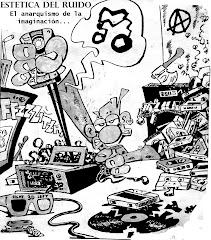





































































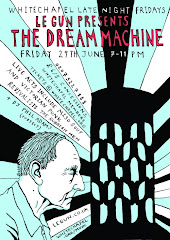









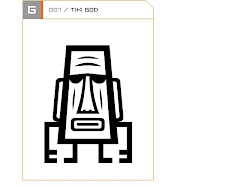






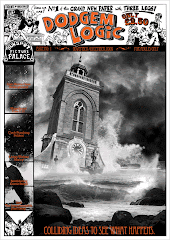


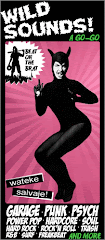

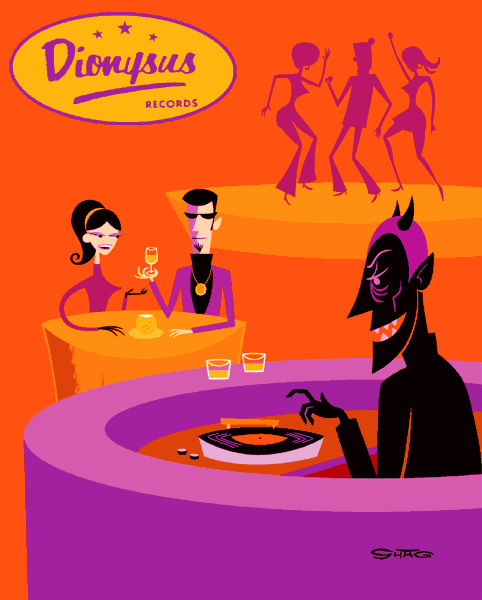
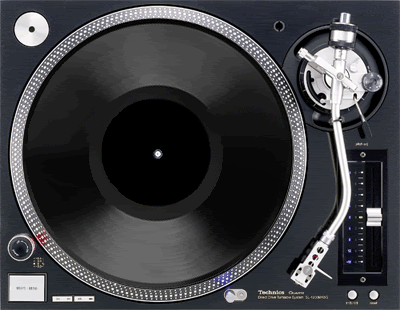





















No comments:
Post a Comment